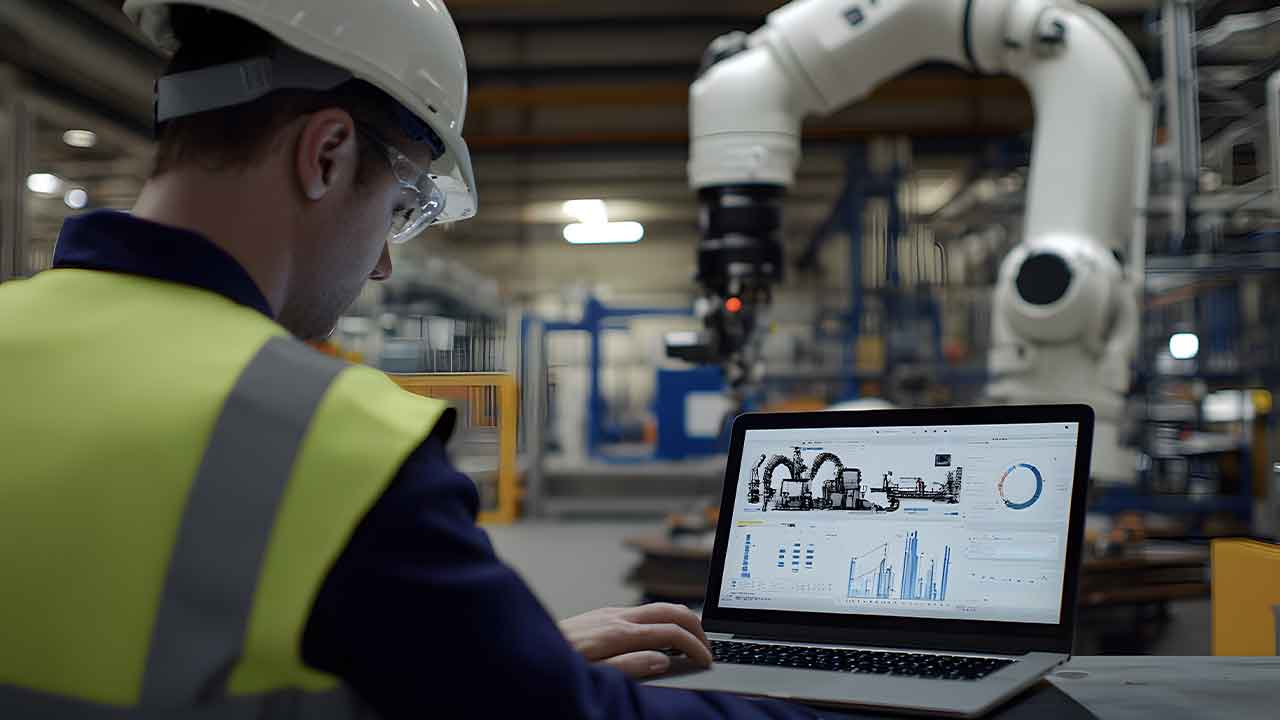Fortinet’s Approach to OT Security: Bridging IT and Industrial Worlds with Ruggedized Solutions | SPONSORED
At S4 Tampa, Fortinet showcased its innovative strategies for operational technology (OT) security. Richard Springer Director, Marketing, OT Solutions, provided insights into how the company is addressing IT/OT convergence and modernizing critical infrastructure with advanced, ruggedized products.
Connecting IT and OT: A Unified Approach
Fortinet’s display wall highlighted the essential need for seamless communication between IT and OT networks. The company is bridging the gap between corporate environments and industrial processes across manufacturing, infrastructure, and other industries. The process involves passing data through the internet, connecting corporate networks to OT environments using Fortinet’s next-generation firewalls and ruggedized switches. The display illustrated how data travels from corporate IT environments through Fortinet firewalls and ruggedized switches to OT environments, ensuring seamless connectivity and communication.
Ruggedized Solutions for Harsh Environments
Industrial environments often require specialized equipment. Fortinet’s solutions include dual 5G modems with multiple antennas to support reliable, high-speed connections. These ruggedized firewalls and switches are designed for tough settings—whether in clean rooms or remote locations like wind towers in Sweden. The antennas on the devices support dual connectivity, ensuring robust performance in challenging industrial conditions.
Fortinet’s Next-Generation Firewall: Advanced Protection for OT Devices
The Fortigate next-generation firewall is a critical component of Fortinet’s OT security strategy. This firewall comes equipped with an Intrusion Prevention System (IPS) that analyzes both IT and OT traffic. The built-in OT security service ensures that communication protocols specific to industrial devices are recognized and protected. Given that many OT devices are older and were not originally built with security in mind, this capability is essential to safeguarding processes like packaging, pumping, and infrastructure management.
Key Challenges and Opportunities in OT Security
Springer emphasized the growing attack surface as more industrial systems become internet-connected. While this connectivity increases the potential risk of cyberattacks, it also brings awareness to the importance of OT security. The involvement of Chief Information Security Officers (CISOs) and IT teams has grown, with many seeking guidance on segmentation and device protection. Springer mentioned the importance of robust, modern security and highlighted the need for OT-specific security services that can handle industrial protocols.
Regulatory Impact and Future Outlook
The rise in cyber incidents has prompted increased regulatory attention, which, while sometimes seen as burdensome, helps raise the baseline for security across industries. This regulatory push, combined with industry-wide recognition of OT security’s importance, is driving momentum for more secure and resilient infrastructures. According to Springer, events and increased awareness have prompted more people to join conversations about OT security.
Sponsored by Fortinet
About the author
Lucian Fogoros is the Co-founder of IIoT World.
Related articles:



